Durable, waterproof, high-visibility workwear now in stock Working outside is never a walk in the park. When spring weather turns from snow to rain and temperatures bounce between hot and cold, it gets even worse. That’s why contractors, landscapers, and trade professionals turn to RefrigiWear for durable, waterproof workwear to keep them safe, comfortable and Read more
personal protective equipment (PPE)
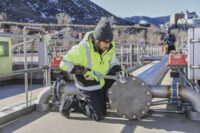
Durable, waterproof, high-visibility workwear now in stock
Working outside is never a walk in the park. When spring weather turns from snow to rain and temperatures bounce between hot and cold, it gets even worse. That’s why contractors, landscapers, and trade professionals turn to RefrigiWear for durable, waterproof workwear to keep them safe, comfortable and dry through unpredictable spring weather.
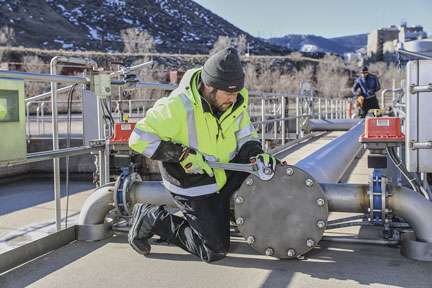
Best known for inventing the original minus-50 freezer suit in 1954, RefrigiWear offers the world’s largest selection of insulated and weather-ready personal protective equipment (PPE) for people working in the extreme cold of ice cream freezers, refrigerated food processing facilities, and subzero cold storage warehouses.
“People who work outdoors in unpredictable and uncomfortable conditions are now discovering what their cold chain counterparts have known for more than 70 years: that RefrigiWear workwear, boots, and gloves are the most durable, comfortable and weather-ready gear you can get,” says Leigh Stadelmeier, Authorized OSHA Outreach Trainer and Vice President of Outdoor Sales at RefrigiWear.
Lightweight, waterproof PPE is a must-have for people working outdoors in the spring, explains Stadelmeier.
RefrigiWear products such as the 3-in1 Rainwear Jacket, available in black or high-visibility lime, deliver flexible, all-day, all-weather protection. The heavy-duty outer shell is waterproof, and the hood rolls handily into the collar when not in use. When the weather turns cool, zip in the inner quilted jacket for extra warmth, comfort, and protection.
That’s not the only RefrigiWear gear that pulls double-duty this spring.
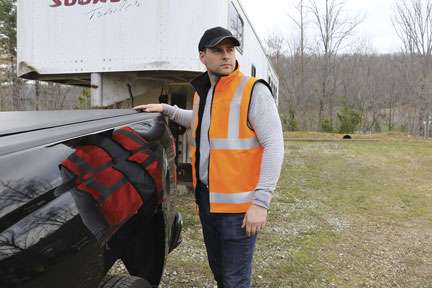
The HiVis Reversible Softshell Vest easily works a split shift with a high-visibility side for on-the-job safety and a reversible solid black side for off-the-clock style. The high-visibility side is available in orange or lime and includes silver reflective tape to meet both ANSI/ISEA 107-2020 – Type R, Class 2 and CSA Z96 – Class 2, Level 2 standards.
For people wading across muddy job sites, RefrigiWear delivers a range of lightweight, waterproof work shoes.
Stadelmeier says the RefrigiWear customers working with concrete or operating pressure washers prefer the uninsulated and chemical-resistant EnduraMax™ Processing Boot. Built with a 16” pull-on upper, ASTM steel safety toe and a non-slip outsole with a CSA puncture-resistant plate for protection, this boot keeps moisture and overspray away the feet.
Contractors and HVAC technicians prefer the lightly insulated Black Widow™ Boot, available in both men’s and women’s sizes, with its VitaComfort moisture-management and shock absorption insoles, ASTM composite safety toe and durable Vibram® outsole for working in wet spring weather.
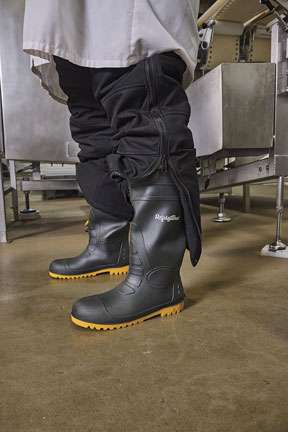
For more information about weather-ready workwear, PPE and safety gear for spring, please visit pro.refrigiwear.com or call 800-645-3744.
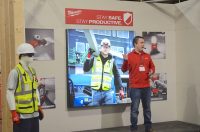
You know, as a plumbing engineer, it can be an extremely risky industry, and it pays for everyone to be aware of the risks that you can come into contact with by joining your day-to-day job. Working as a self-employed plumbing engineer involves infinitely more risks because, as a sole person, you are responsible for staying Read more
You know, as a plumbing engineer, it can be an extremely risky industry, and it pays for everyone to be aware of the risks that you can come into contact with by joining your day-to-day job. Working as a self-employed plumbing engineer involves infinitely more risks because, as a sole person, you are responsible for staying safe at all times and working through the correct safety laws and protocols put in place to ensure the safety of both yourself, your clients, and your working environment.
So whether you find yourself working on plans to install brand new plumbing on a new residential property, working with people to extend their homes, or your work takes you to a construction site, being aware of your responsibilities as a plumbing engineer can help to keep you safe at all times and ensure that the work you carry out as completed meets the highest standards and doesn’t pose any safety risks to the environment or to the users.
So what do you need to know, and what do you need to do to ensure your safety at all times?

OSHA
OSHA, the cornerstone of workplace safety, controls and sets the standards for all health and safety initiatives for workplace employers and employees. For plumbers and plumbing engineers, specific sets of standards are in place and designed by OSHA to ensure that you can work safely, especially in hazardous environments. These standards include hazard protection, materials protection, and confined space regulations, providing you with a secure framework for your work.
Use Proper Tools and Equipment
As mentioned, during the course of your working day or week, you can face a range of different environmental scenarios and hazardous materials. Ensuring you’re using the correct tools and equipment for the job can help you minimize and reduce any potential risks or impacts of an incorrect job being carried out.
As a plumbing engineer, you will be responsible for designing, instaling and the maintenance of plumbing systems in various scenarios and environments, whether residential properties, chemical plants, hospitals, shopping malls, or anything else.
This means that you need to know what tools and equipment are required for the job at hand. So whether this is knowing the right gasket material types for the type of plumbing work and substances flowing through the plumbing or you need to understand the intricacies of navigating different construction materials to implement the right plumbing structure and connections and being able to understand the scope of the work can help you to ensure that you’ve got the right tools and equipment for use at all times.
PPE
Everyone is aware of what PPE is; however, due to the nature of the work you’ll be carrying out, ensuring you have the correct type of PPE for every single type of job is paramount for health and safety. As a self-employed engineer, the last thing you want is to be injured at work due to being negligent and then not being able to work for prolonged periods while you recover from accidents or injuries. The correct PPE will, of course, depend on the work you carry out, but at a minimum, this includes safety gloves, glasses, protective clothing, and even still cap boots to protect your feet while working.
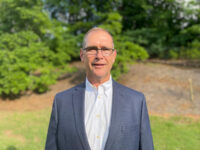
RefrigiWear, the leading manufacturer of insulated industrial workwear, accessories, and personal protective equipment, announces the appointment of Leigh Stadelmeier as Vice President of B2B Outdoor Sales. In this role, Stadelmeier will lead RefrigiWear to further position itself as the market leader in insulated industrial workwear, building sales strategies to drive growth and revenue in the Read more
RefrigiWear, the leading manufacturer of insulated industrial workwear, accessories, and personal protective equipment, announces the appointment of Leigh Stadelmeier as Vice President of B2B Outdoor Sales. In this role, Stadelmeier will lead RefrigiWear to further position itself as the market leader in insulated industrial workwear, building sales strategies to drive growth and revenue in the B2B Outdoor division.

“We are thrilled to have Leigh join us as Vice President for our Outdoor division,” says RefrigiWear Chief Commercial Officer Wes Dye. “Leigh’s experience and passion for safety and protective gear strengthen our position in the outdoor market, where we are seeing robust growth in outfitting teams with PPE across construction, farming, transportation, and utilities. He knows what it takes to keep people protected while they’re working in cold, harsh conditions.”
Stadelmeier brings over 20 years of experience in construction distribution to the role. He is also an Authorized OSHA Outreach Trainer. Having experienced a traumatic fall while serving in the Army, Stadelmeier devoted his career to safety and training to prevent accidents on the job. His background also includes strategic leadership in corporate safety, expertise in personal protective equipment (PPE), and safety training for construction teams focused on fall prevention and safety best practices.
Working as a plumber comes with all sorts of different safety warnings and precautions. Keeping your health and wellbeing as the number one priority whilst you’re working on any sort of job. Whether you’re new to the industry, or you’re an old hand there are a number of plumbing safety strategies you should always try Read more
Working as a plumber comes with all sorts of different safety warnings and precautions. Keeping your health and wellbeing as the number one priority whilst you’re working on any sort of job. Whether you’re new to the industry, or you’re an old hand there are a number of plumbing safety strategies you should always try to live by. Following some of these best practices will not only help you to take care of yourself, but it will also protect others around you too.

Protect Yourself
Protective gear as a plumber is always a must, no matter how big or small the job may be. Using personal protective equipment is the only way to ensure your working environment is safe and you’re protected from potential harm too. Wearing heat protection gear may also be a good idea if you’re carrying out lengthy jobs outside in the summer heat. It’s not always the direct job at hand that you need to be wary of, but also the natural elements outdoors too!
Protect Others Around You
It goes without saying that you always need to be wary of your surroundings when you’re undertaking any sort of job. Making sure that others are protected and safe from harm should always be a priority. With this in mind, you should always make sure that members of the public are out of the way whenever you’re carrying out a job in a domestic or commercial space.
Ventilate The Area
Ventilation is key whenever you’re working with materials that could pose a hazard to those in close proximity. Creating some airflow will help toxicity and dangerous fumes to escape so that you aren’t in any danger. Open up the windows if you’re in a building or invest in an exhaust fan to extract any toxic fumes that are produced.
Be Wary of Hazardous Substances
As mentioned earlier, there are plenty of times during your plumbing career, when you will need to use hazardous substances in order to get the job done efficiently. There are certain drain unblockers and chemicals that can pose a serious risk to your health and the environment around you if the proper precautions aren’t taken.
Look After Your Equipment
As a professional plumber, it’s your job to make sure all of your tools and equipment are well maintained and looked after. Ensuring everything is in good working condition will keep you and others safe.
Brush Up on Your Knowledge
When working in any trade, it’s so important to stay on top of health and safety guidelines and take regular training courses to enhance your knowledge when possible. You should always follow best practices for the plumbing industry and adhere to rigorous health and safety standards. This will not only make you a better and more knowledgeable plumber, but it will also help to keep you safe too.
Hopefully, these six ideas will help you to stay focused on the most important health and safety guidelines of being a plumber. From keeping up with your training, to staying protected with the right gear at all times, you will always be living by best practices and maintaining a good reputation as a professional plumber.
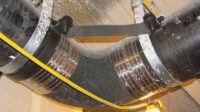
Within a 45-year career, a construction worker has a 1-in-200 chance of being fatally injured on the job. But it doesn’t have to be that way. Construction Safety Week serves as a reminder to industry professionals that they should continue to reinforce and follow job site safety procedures to protect themselves and their teams. While Read more
Within a 45-year career, a construction worker has a 1-in-200 chance of being fatally injured on the job. But it doesn’t have to be that way. Construction Safety Week serves as a reminder to industry professionals that they should continue to reinforce and follow job site safety procedures to protect themselves and their teams. While this is a great first line of defense, there’s also another way you can create a safer construction site: choosing safe and smart products.
As plumbing and mechanical contractors know, plumbing codes often require an end goal without specific direction on how to get there, which can force you to piece together unreliable makeshift methods that could have serious consequences if installed incorrectly. Even methods and tools that have been around a long time can be outdated to the point that they present safety issues.
By updating your workflow to incorporate modern and engineered solutions, you can better protect yourself on the job while maintaining professional and cost-effective installations. Look for plumbing solutions that comply with code regulations and go above and beyond to address OSHA requirements and eliminate risks associated with field-devised or traditional installation methods.
Those risks vary across products, as do the benefits of using engineered solutions instead. Below are some common makeshift methods for commercial plumbing installations and how using engineered replacements can better protect you on the job.
The risks of common field-devised plumbing installations
Makeshift methods are most common for two kinds of plumbing installations: pipe supports and water heater accessories. But as is the case for all field-built installations, they’re entirely inconsistent, meaning they could fail and cause harm to you or your team. Fortunately, there are better alternatives that are easily accessible and trusted today.
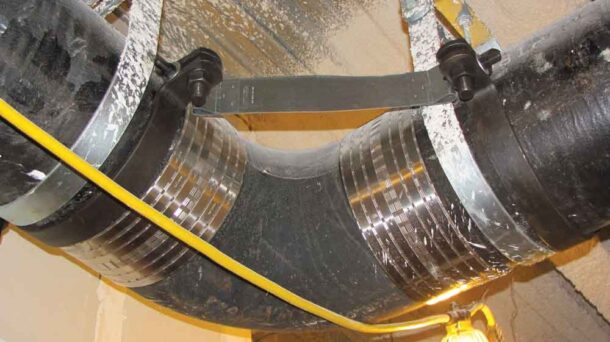
Pipe Supports
The most common pipe supports to be cobbled together are overhead and in-wall pipe supports. In-wall supports are often made from scrap material, such as cut lumber, tin-snipped metal studs, baling wire and random strapping material, while trapeze pipe supports might be fashioned using strut or channel that is manually cut into pieces with a variety of expensive clamp options.
When it comes to no-hub fitting restraints, it’s not uncommon for installers to use different materials like metal banding, angle iron, riser clamps and thread rods, but this is untested, unproven and costly. More specifically, makeshift no-hub fitting restraints usually fail to meet the intent of CISPI standards.
The inconsistent reliability of these makeshift installations means they could fail and cause a potential leak hazard . For in-wall supports, there’s an additional safety hazard from using several power tools to create the final product.
By contrast, several engineered overhead and in-wall supports are made of durable materials like galvanized steel so they’re strong enough to support different applications throughout the entire life of the building, reducing the risk of injury during and after installation.
For no-hub restraints, manufactured solutions take on-site cutting, bending, measuring and modifications out of the picture and replace them with an engineered solution supported by test data, torque data and product specifications that ensure the safety and reliability of the restraint’s design. The result may look something like the HoldRite #117 series, the only no-hub restraint product to have third-party testing data that shows what each product is rated and tested to.
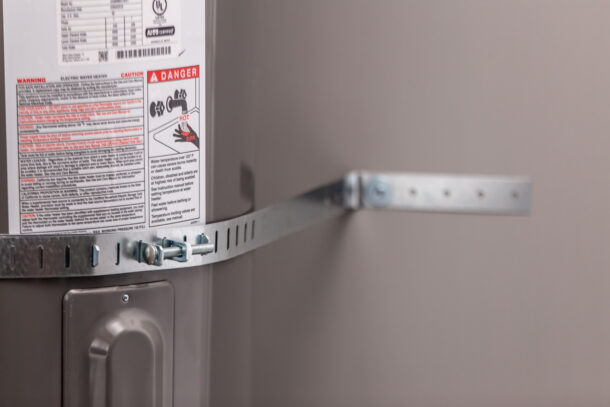
Water Heater Supports
Water heater platforms and seismic restraints are some of the most common water heater accessories assembled in the field. Platforms are sometimes built with wood or steel, while random steel strapping or even plumber’s tape is often used to create an earthquake restraint.
But this offers no engineering data regarding the stability or longevity of the installation, which can lead to injury during installation and, down the line, leaks or even an explosion hazard if natural gas is involved.
On the other hand, professionally manufactured water heater platforms are designed for safety and strength and list explicit weight limits, so you don’t have to wonder if it’ll support the water heater. Some brands, such as HoldRite, have water heater supports that are third-party lab tested to exceed code requirements and are often certified by other entities as well.
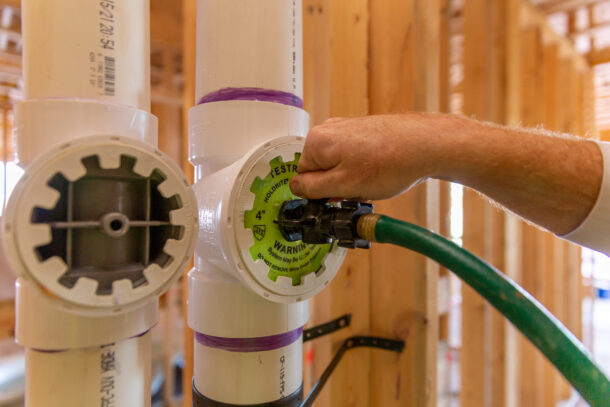
The risks of an outdated DWV testing method: fall hazards
One of the biggest downsides of the traditional plumbing ball testing method is that it can create a high risk of falls during testing. If the test ball ruptures, floors and installers get wet. When it’s deflated at the end of the testing process, water can spray out of the test port location, too. Both possibilities create a slip-and-fall hazard on the job, especially in the wintertime.
Alternatives like help keep job site floors dry during testing by allowing system fill-up or drain-down option directly at the test tee and including a triple-seal protection design to ensure a dry, safe environment. This helps minimize slip and fall hazards caused by water or ice on the floor.
At the end of the day, the first step toward better safety is education. Education about the top risks you’re exposed to and how to reduce those risks. But knowledge must be combined with action for the best results. As you follow policies and procedures that protect you, also consider the tools that can increase your safety. Investing in safe and smart products will always pay off.
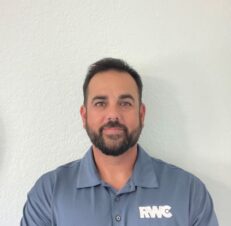 Neil Ross is a product manager at RWC — a market leader and manufacturer of water control systems and plumbing solutions for residential, commercial and industrial applications.
Neil Ross is a product manager at RWC — a market leader and manufacturer of water control systems and plumbing solutions for residential, commercial and industrial applications.
